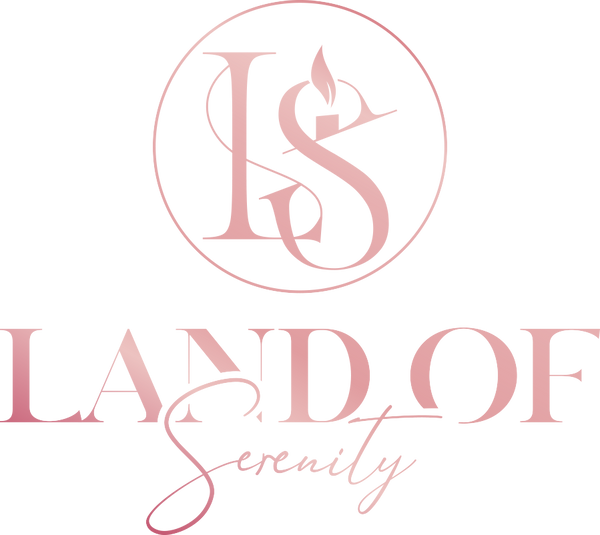Therapy is a brave, transformative journey — and combining it with mindful reflection can elevate your progress even further. Thoughtful journaling, simple rituals and presence practices help solidify insights, calm uncertainty and foster lasting growth. Here’s how you can support your healing with intention, clarity, and gentle self-care.
1. Why Mindful Reflection Amplifies Therapy
Reflective habits solidify therapeutic breakthroughs. They:
-
Deepen awareness, by making connections between emotions, patterns and behaviours.
-
Boost neuroplasticity, as repeated thought journaling rewires unhelpful mental loops.
-
Anchor progress, helping you revisit breakthroughs when facing setbacks.
-
Enable self-kindness, by celebrating small victories even outside sessions.
By noticing feelings, naming thoughts, and exploring meaning, you transform emotional processing into meaningful growth.
2. Setting Up Your Reflection Routine
Create a reflective space that encourages openness:
-
Choose a consistent time — perhaps after therapy, at bedtime, or early morning.
-
Set three minutes to pause your phone, breathe deeply, and settle in.
-
Prepare your tools: a comfy seat, a hot drink, and a calming environment.
-
Select your journal — whichever fits the theme for the day.
These small conditions quietly set the stage for moments of clarity.
3. Choosing the Right Journal
While any notebook works, targeted self-care journals can guide you gently.
-
After sessions focusing on anxiety or inner tension, use the Anxiety Journal to track triggers, body sensations, and small reliefs.
-
For sessions about gratitude, mindset or reframing, the Positivity Journal offers prompts that uplift and shift perspective.
-
When exploring intentions or desires in therapy, a single page in the Manifestation Journal can help you map out what you want to invite into your life.
-
If you’re processing change or endings, the Breakup Journal isn’t just for relationships—it’s for any life transition that feels significant.
Choose your journal thoughtfully, but don’t overthink it. The key is consistency over perfection.
4. Daily Prompts to Link Therapy & Journaling
Here are practical prompts to translate therapy into writing:
🌀 A. Reflect Back
Prompt: “What’s the one idea from today’s session I want to sit with?”
Use your Anxiety or Positivity Journal to note the moment you connected or felt seen.
🎯 B. Link Thoughts to Actions
Prompt: “What small step can I take before next session?”
Identify one action—practise a breathing exercise, say ‘no’ in a meeting, test a new coping strategy.
🌱 C. Recognise Emotional Patterns
Prompt: “What emotion keeps coming up?”
Name your feelings without judgement. Often therapy brings awareness—your journal helps track that awareness.
💡 D. Seek Inner Wisdom
Prompt: “What feels true right now, without censoring?”
Write loosely. This helps you catch fresh perspectives your mind might otherwise edit out.
🏅 E. Celebrate Courage
Prompt: “What did I do that felt brave this week?”
Therapy is not easy work—every time you show up you're half the healing. Journal those wins.
5. Mindful Writing Techniques
-
Free-flow writing: don’t pause to spell-check emotions—just keep the pen moving.
-
Sentence starters: use headings like I felt…, I noticed…, or I wonder… for structure.
-
Bullet journaling: jot three bullet points per prompt—quick, accessible snippets.
-
Artful reflection: doodle like therapy notes or create simple mandalas around realisations.
These methods reduce pressure and offer variety when reflection feels heavy.
6. When to Skip the Pen
Reflection isn’t always about writing. When journaling feels tough:
-
Voice memo: speak your insights aloud and listen back.
-
Walk & talk: walk while reflecting, then jot one line afterward.
-
Mindfulness pause: sit quietly, breathe, and sense what arises—no output expected.
The goal is presence, not perfection.
7. Working Through Resistance
Occasionally we avoid reflection. If so:
-
Acknowledge the resistance: “I feel blocked” — and write that.
-
Try 3-minute micro-journaling: even a sentence is progress.
-
Use a ritual: light a candle, sip tea, whisper a mantra—making space sacred heals resistance.
These gentle nudges often unlock deeper work.
8. Integrating Your Therapist’s Feedback
At the end of each week, review your entries:
-
What insights repeated?
-
What action did I take... what changed?
-
Am I noticing calmer moments?
Use this summary to update what you bring to your next session—research shows this reflection boosts therapeutic impact.
9. Tracking Progress with Journals
Over time, your entries form a private timeline of your healing.
-
Colour code moods: use highlighters or emoticons.
-
Revisit old entries: watch how coping skills have evolved.
-
Create monthly summaries of key breakthroughs and next intentions.
This ongoing archive becomes both proof of change and a springboard for future growth.
10. Self-Compassion: The Heart of Reflection
Healing is gentle, not linear. Reflection helps you:
-
Recognise moments you showed up—even if outcomes weren’t perfect.
-
Choose kindness over self-criticism.
-
Anchor yourself in the belief that you are worth compassionate care.
Cultivating that kind inner voice is therapy’s greatest gift—and your journal is the canvas where it blooms.
11. Taking Reflection Beyond Writing
Journaling is just one form of mindful reflection. You can:
-
Meditate on therapy questions before sleeping.
-
Walk outdoors, letting thoughts settle mid-motion.
-
Create small rituals—pause midday with a breath and two kind thoughts.
Each becomes a moment that connects inner insight to daily living.
12. When to Know It’s Working
Look for these shifts:
-
You naturally revisit insights between sessions.
-
Self-criticism softens—notes show more self-kindness over time.
-
You begin to act on your intuition or therapist feedback.
-
You discover themes or triggers you didn’t initially notice.
These are your signs that mindful reflection matters.
Final Thoughts
By weaving journaling and mindfulness into therapy, you move from passively receiving advice to actively owning your growth. This co-creative process honours your wisdom, your rhythms, and your heart. With repeat reflection, small rituals and selective journal tools like those from Land of Serenity, your therapy becomes a personalised, deeply embodied journey.
Be gentle with yourself—and know that each page written is another step toward lasting peace.

